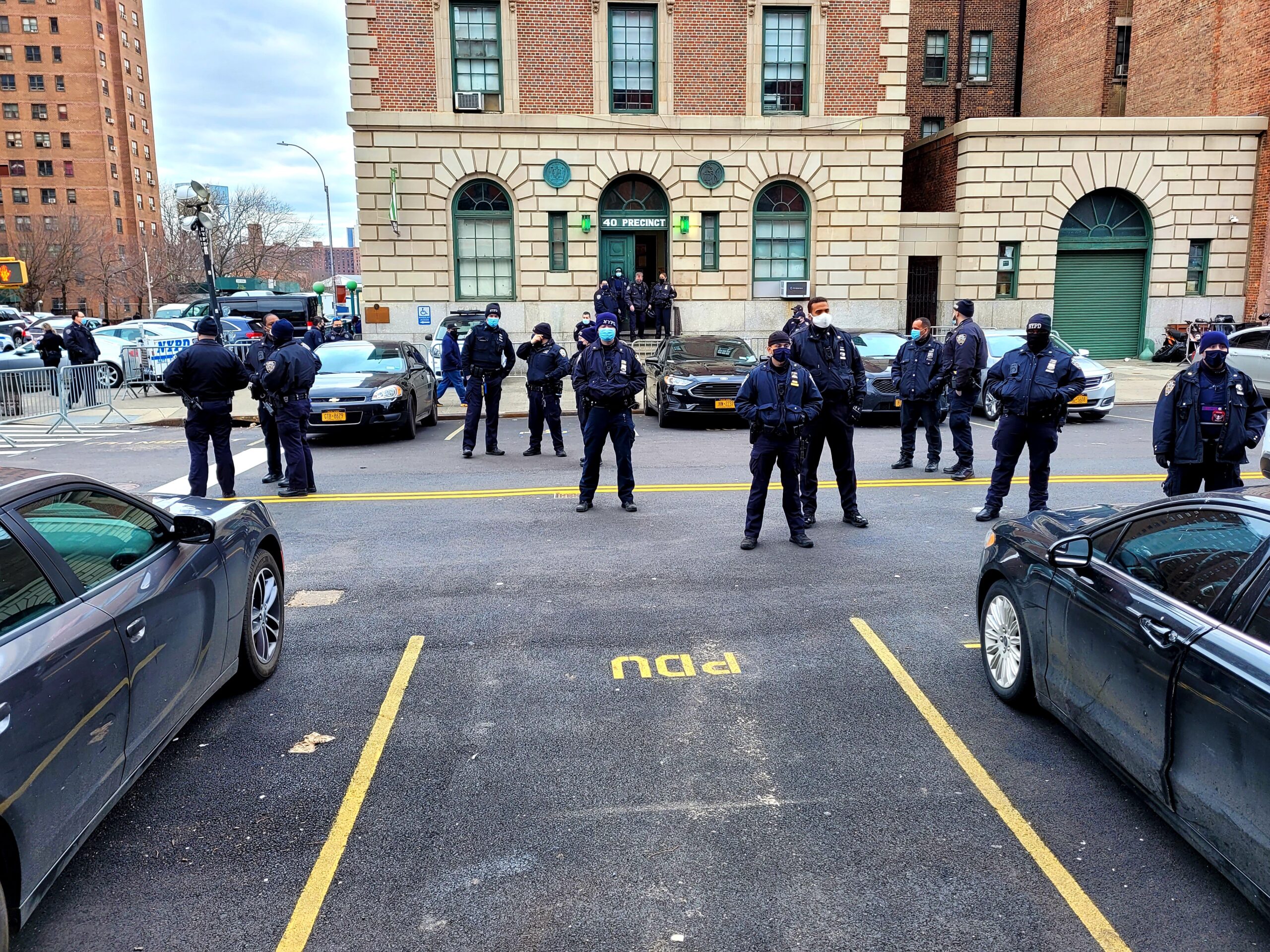Calls to defund the police, best approaches to gun violence and whether police should be in city schools headed the discussion Wednesday at a roundtable on criminal justice reform hosted by Democratic mayoral candidate Shaun Donovan.
The discussion was moderated by Karume James of the Bronx Defenders, a nonprofit public defender’s office centered in Melrose, and featured Donovan, former state Assembly candidate Shanequa Charles, Dyjuan Tatro of Bard College’s Prison Initiative and Stephanie Pacheco of Teens Take Charge, a student-led group that advocates for educational equity throughout the city.
One of the major topics of discussion was defunding the police.
Donovan – one of 22 mayoral candidates — has proposed cutting the city’s criminal justice system by roughly $3 billion over four years and putting those funds toward community-focused public safety and racial justice initiatives.
“I’m looking at the entire criminal justice budget that needs to be reallocated and moved, not just the police but our corrections system as well,” he said. “We have to focus on both.”
Donovan is not the only candidate who’s pushing for removing some funding from the city’s criminal justice system. Dianne Morales and Carlos Menchaca have also said they would reallocate money from criminal justice services to other areas such as housing, education and mental health.
Tatro said the city doesn’t provide inmates with enough resources after they’re released from prison. In his work with the Bard Prison Initiative and the Fortune Society, Tatro said he has provided assistance to inmates who were released in the middle of winter without a coat.
“That is something so basic that New York City is not even doing,” he said. “They will send people out into the cold in a t-shirt. When we’re talking about re-entry, it’s not only about drug programs or anti-violence programs. We’re talking about things that are more fundamental – clothing, hot meals.”
Charles added that the city should also focus on the mental health of inmates’ family members.
“When somebody does time, their wife does it with them, their husband does it with them, their mother, their children,” she said.
The city’s plan right now is to close Rikers Correctional Center by 2026 and replace it with five smaller prisons, one in each borough. The proposed Bronx location is on the site of the NYPD tow lot on 141st Street in Mott Haven, which residents in that neighborhood and the local community board have opposed.
Donovan said he wants to close Rikers Island but didn’t mention his stance on the proposals for the five other prisons.
Charles and Pacheco said police should not be in schools.
“There is absolutely no reason the city should be spending millions of taxpayer dollars on cops in schools when there are students that don’t have food, don’t have books, don’t have enough teachers and aren’t receiving the education they deserve,” Pacheco said.
Donovan has proposed minimizing police responsibilities, limiting their presence in schools, mental health emergencies and the city’s Open Streets program.
“Why are we asking the police to do that?” he said. “Focus them on guns and violent crimes.”
On the topic of guns, Tatro said police should focus on how guns get into residents’ hands.
“Every time we’re speaking about gun violence, we also need to be talking about gun control. How are guns getting on to the street in New York City, in particularly in Black and Brown communities,” he said. “If we look at the data, most of the guns come from out of state, from states that have more lenient gun laws than New York state does.”
According to the state Office of the Attorney General, 70% of likely-trafficked guns recovered in New York originate in Iron Pipeline states such as Pennsylvania, Virginia, North Carolina, South Carolina, Georgia, and Florida. Most of the weapons recovered in the city are handguns.

